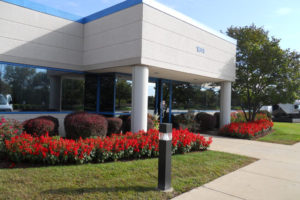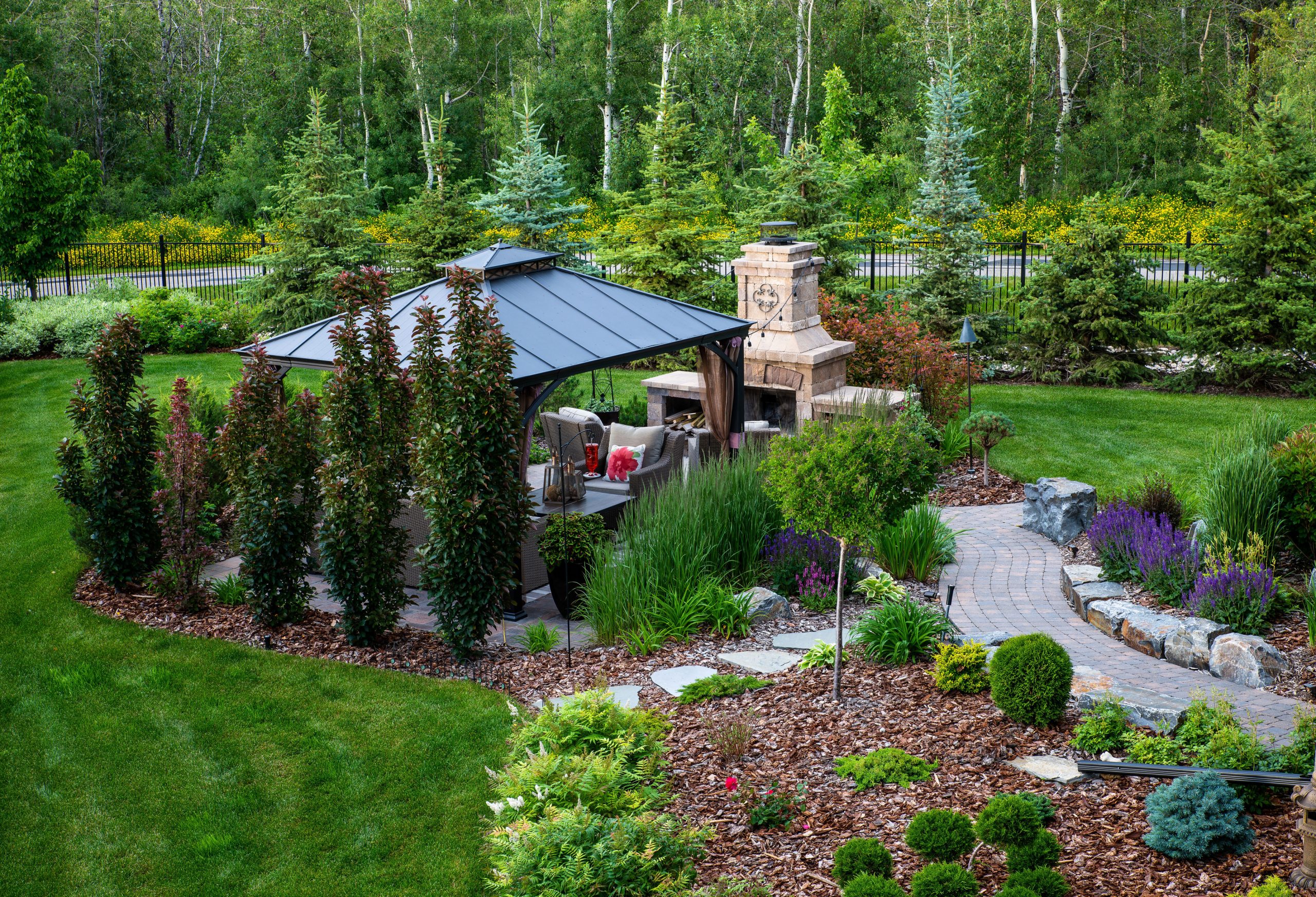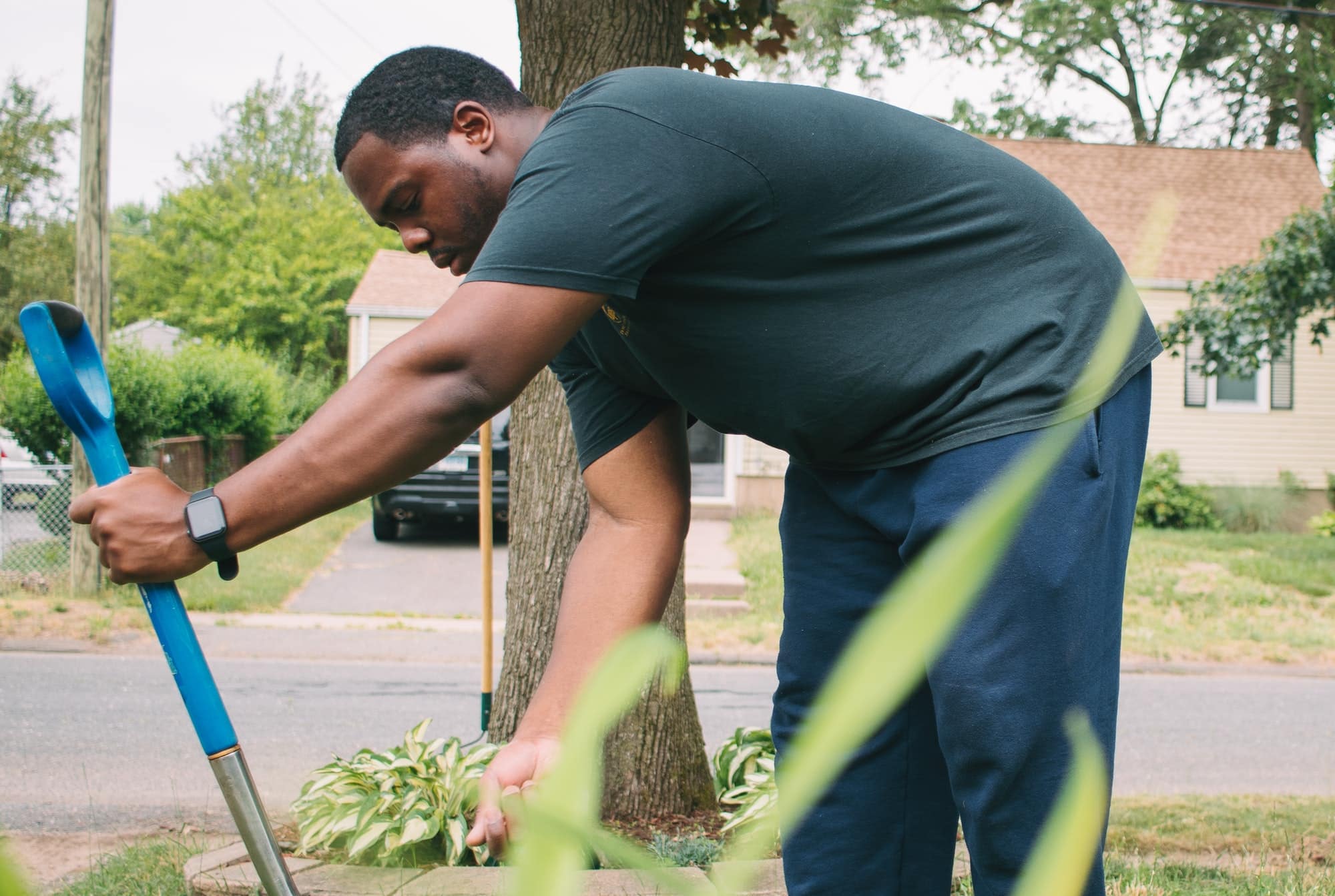The Ultimate Guide To Hilton Head Landscapes
The Ultimate Guide To Hilton Head Landscapes
Blog Article
The smart Trick of Hilton Head Landscapes That Nobody is Talking About
Table of ContentsLittle Known Facts About Hilton Head Landscapes.10 Easy Facts About Hilton Head Landscapes DescribedHilton Head Landscapes - An OverviewNot known Facts About Hilton Head LandscapesThe Basic Principles Of Hilton Head Landscapes Indicators on Hilton Head Landscapes You Need To KnowThe Facts About Hilton Head Landscapes RevealedThe Ultimate Guide To Hilton Head Landscapes
Kind compatibility is additionally a major part of unity in designone or 2 noticeably different types are excellent for contrast and emphasis, yet generally all other forms must have some resemblances for a merged look. Structure refers to how rugged or fine the surface area of the plant or hardscape product feels and/or looks.
Examples of plants with crude appearance consist of philodendrons, agaves, bromeliads, hollies, palms, and hydrangeas. Characteristics that create fine appearance include tiny foliage; thin, strappy fallen leaves (turfs) or tall, thin stems; little, dense branches and small branches; long stems (creeping plants); and tiny, delicate flowers.
Hilton Head Landscapes Fundamentals Explained
Most plants are average appearance, because they can not be referred to as having either coarse or fine texture. They are identified by medium-sized fallen leaves with basic shapes and smooth sides. The average-sized branches are not densely spaced neither commonly spaced, and the total form is usually rounded or mounding. Medium-textured plants work as a background to web link and combine the coarse- and fine-textured plants.

To make an area really feel smaller, position the coarse textures along the outer border and the great textures closest to the audience. The detail of the rugged appearance makes the plants show up closer and makes the space feel smaller sized. The regarded appearance of plants can also transform with the range from the plant.
The 6-Minute Rule for Hilton Head Landscapes
Bold shades boost the contrast and make the texture show up coarser, while muted colors can squash texture. Hardscape with a crude texturesuch as extremely harsh rocks and bold, huge timberstends to make all plant product show up more moderate distinctive. Designers often develop an appearance research (Figure 8) theoretically to assist determine the plan of plant materials.
Figure 8. Structure research study. Shade in plant product and hardscape includes interest and selection to the landscape. Color is the most obvious aspect in the landscape and is usually the focus of many house owners; nevertheless, it is additionally one of the most short-term aspect, generally lasting just a few weeks a year for specific plants.
Some Known Incorrect Statements About Hilton Head Landscapes
A basic summary of the shade wheel consists of the 3 key shades of red, blue, and yellow; the 3 additional shades (a mix of two primaries) of environment-friendly, orange, and violet; and six tertiary shades (a mix of one surrounding key and additional color), such as red-orange. Color theory clarifies the partnership of shades to each various other and just how they should be utilized in a make-up.

Comparable (in some cases called unified) color design are any kind of three to five shades that are adjacent on the color wheel, such as red, red-orange, orange, yellow-orange, and yellow, or blue, blue-violet, and violet (landscapers in bluffton sc). The colors are related per other because they typically include two primaries blended to form a second and two tertiary shades, which indicates they share usual homes
They often tend to have high contrast between them. The most usual collections are violet and yellow, red and green, and blue and orange. Corresponding colors are commonly found naturally in flowers; an usual set is yellow and violet. Shade is discovered in the blossoms, vegetation, bark, and fruit of plants.
Some Known Questions About Hilton Head Landscapes.
Environment-friendly foliage in all its various tones is the dominant shade by amount, however other shades capture attention more readily as a result of their high contrast to the shade environment-friendly. Shade is likewise found in buildings, rocks, pavers, timber, and furnishings. Many shades in natural products, such as rock and wood, are typically soft and often tend to be variations of brownish, tan, and light yellow.
Colors have homes that can impact emotions, spatial understanding, light quality, equilibrium, and emphasis. Great colors have a tendency to be soothing and should be utilized in locations for leisure and peacefulness.
7 Simple Techniques For Hilton Head Landscapes
Cool colors have a tendency to recede and are perceived as being farther away, making an area really feel bigger. Color can also be made use of to record focus and straight sights.
Bright yellow, which has the highest strength, likewise has a high contrast with all other shades (typically explained as a "pop" of color) and should be made use of moderately. A percentage of extreme color has as much visual weight as a large amount of an extra subdued or weak color.
Similar (occasionally called harmonious) shade systems are any 3 to 5 colors that are adjacent on the shade wheel, such as red, red-orange, orange, yellow-orange, and yellow, or blue, blue-violet, click here for more info and violet. The shades relate per other because they typically consist of 2 key shades mixed to develop a second and 2 tertiary shades, which means they share common buildings.
Some Ideas on Hilton Head Landscapes You Should Know
They often tend to have high comparison in between them. The most typical sets are violet and yellow, red and environment-friendly, and blue and orange. Corresponding shades are commonly discovered normally in flowers; a typical pair is yellow and violet. Shade is located in the flowers, foliage, bark, and fruit of plants.
Environment-friendly foliage in all its various tones is the leading color by amount, yet other colors capture focus quicker due to their high comparison to the shade green - bluffton landscaping - http://go.bubbl.us/e336a4/f200?/New-Mind-Map. Shade is additionally found in structures, rocks, pavers, timber, and furniture. Many shades in all-natural products, such as rock and timber, are typically soft and often tend to be variants of brown, tan, and light yellow
Hilton Head Landscapes - Questions
Colors have residential or commercial properties that can affect emotions, spatial assumption, light high quality, equilibrium, and focus. Great shades have a tendency to be relaxing and ought to be utilized in locations for relaxation and tranquility.
Awesome shades tend to decline and are regarded as being further away, making a space really feel larger. Color can likewise be made use of to record interest and straight sights - https://www.twitch.tv/h1tnhdlndscps/about.
As an example, bright yellow, which has the highest intensity, likewise has a high comparison with all various other shades (often called a "pop" of shade) and must be made use of moderately. A tiny amount of extreme shade has as much visual weight as a huge quantity of an extra restrained or weak color.
Report this page